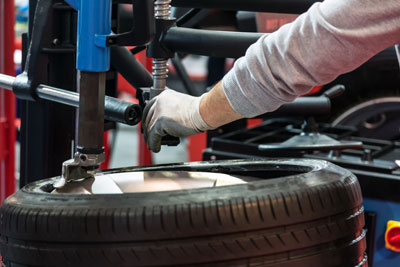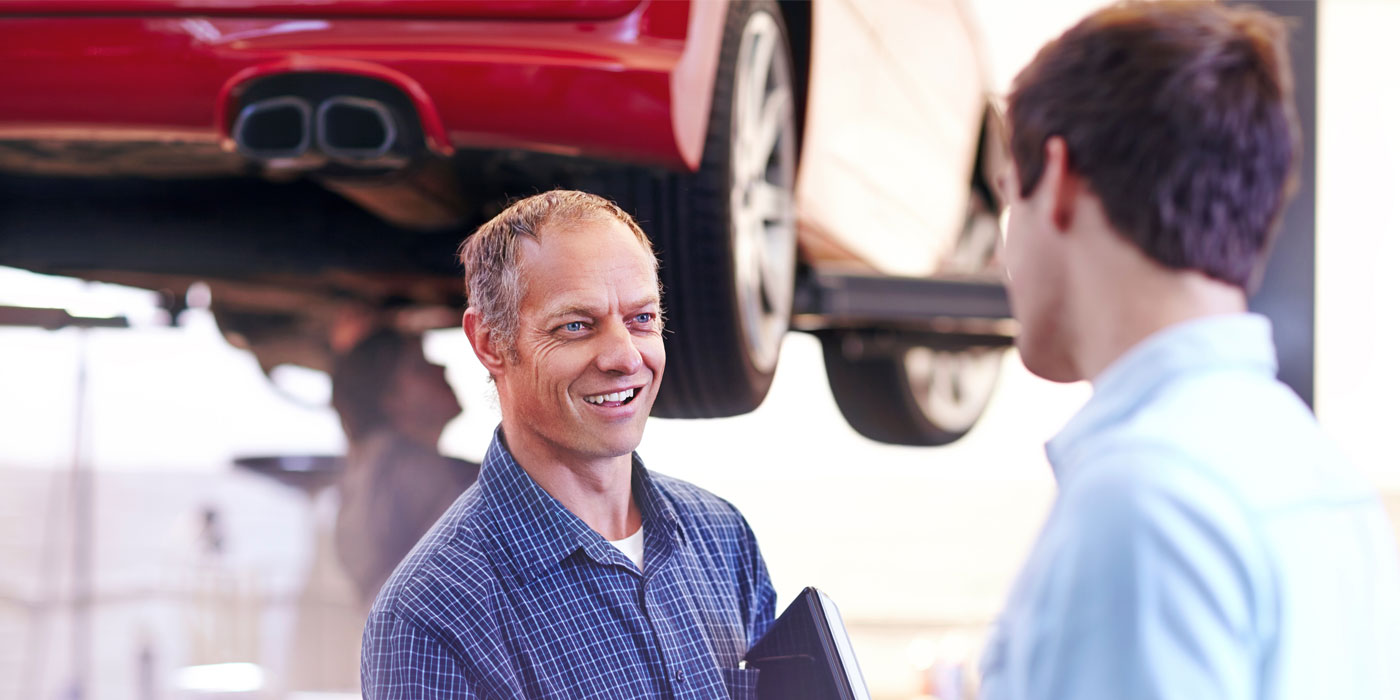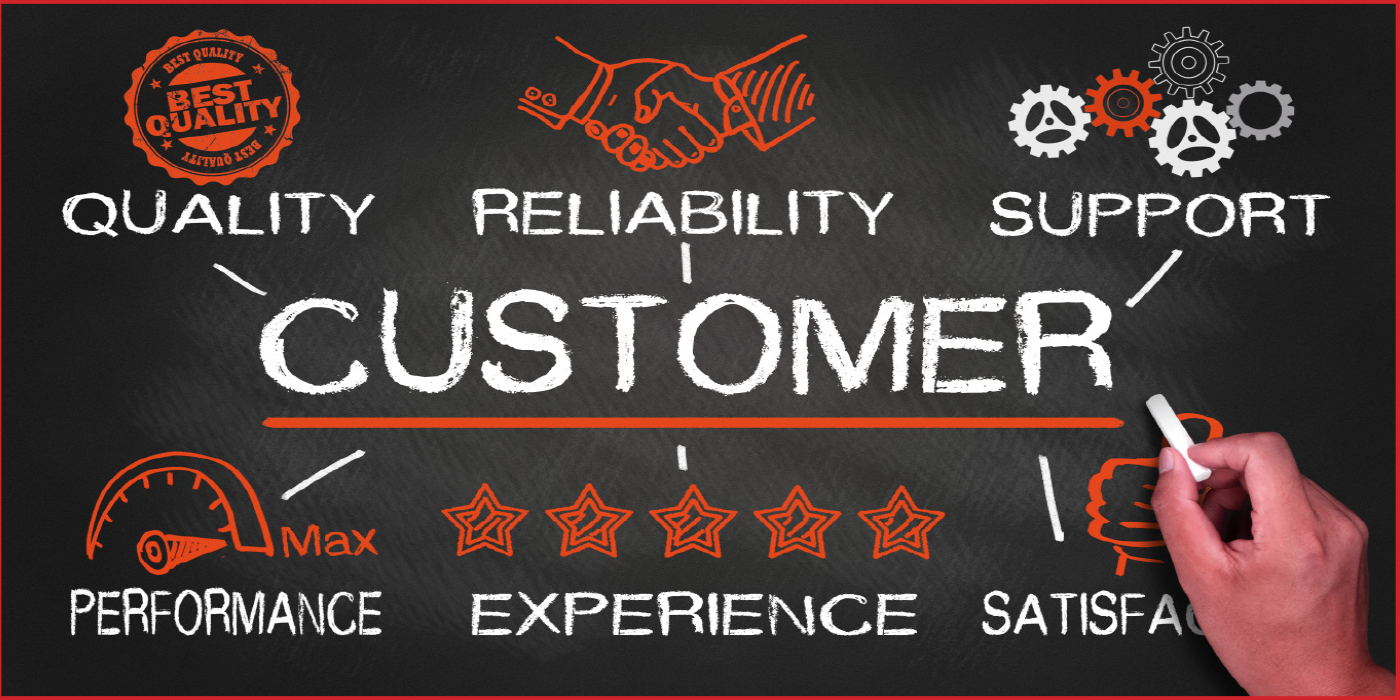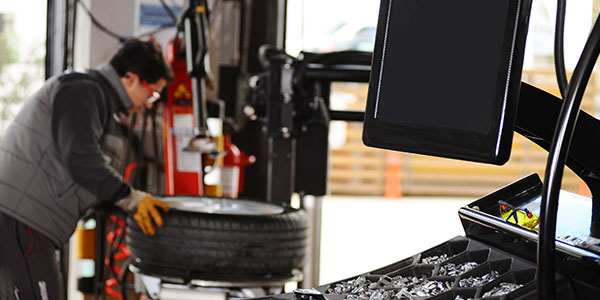 Buying a car is but the start of the journey of vehicle ownership. Service and maintenance is what keeps it running. Since vehicle owners pay closer attention to service items that have the most impact on driving performance and safety, tire and wheel service is one that is rarely ignored for precisely these reasons. That said, savvy automotive repair shop owners know the value of making their business a one-stop shop for their customers by offering services in this category.
Buying a car is but the start of the journey of vehicle ownership. Service and maintenance is what keeps it running. Since vehicle owners pay closer attention to service items that have the most impact on driving performance and safety, tire and wheel service is one that is rarely ignored for precisely these reasons. That said, savvy automotive repair shop owners know the value of making their business a one-stop shop for their customers by offering services in this category.
Tire and wheel service covers a range of items that provide opportunities for shops to enhance their profitability. These include wheel alignment, tire mounting, balancing, rotation and inspection, and flat repair.
Choosing which services a shop wants to provide will determine where the shop owner should make his or her capital investments. David Burns, owner of Burns Auto Repair, Inc. in Newtown, PA, opted for a wheel balancer but sends his customers’ vehicles out to another facility for alignment.
“These days, we deal with some expensive wheels and tires, and our aim is to perform the service without any damage to the vehicle or any of the components,” said Burns.
“Ours is a general repair shop and with 25% of our work in the wheel and tire service arena, we did away with alignment about 15 years ago,” continued Burns. Having been in business for the past 43 years, Burns’ shop services all makes and models of vehicles on the road today, including some work on Tesla vehicles.
Wheel Balancing
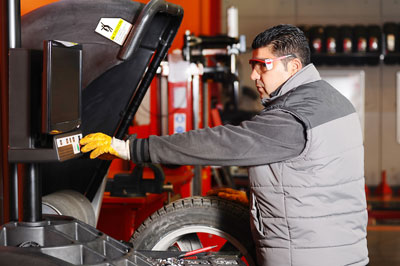 Wheel balancers are designed to detect non-balance-related vibrations and problems related to tire and rim runout, wheel-to-balancer mounting errors or an improperly seated bead. Look for balancers that are simple to use and offer fast and accurate results and repeatability — ones that feature intuitive high-performance balancing software. Some balancers utilize touch screens to walk the user through the entire process.
Wheel balancers are designed to detect non-balance-related vibrations and problems related to tire and rim runout, wheel-to-balancer mounting errors or an improperly seated bead. Look for balancers that are simple to use and offer fast and accurate results and repeatability — ones that feature intuitive high-performance balancing software. Some balancers utilize touch screens to walk the user through the entire process.
Since the center of the balancer must be located properly on the balancer shaft, wheel balancers require an adapter such as a cone or a collet. A basic collet kit includes a variety of collet sizes and possible accessories such as an offset wheel spacer, a clamping cup with retainer and a clamping protector sleeve.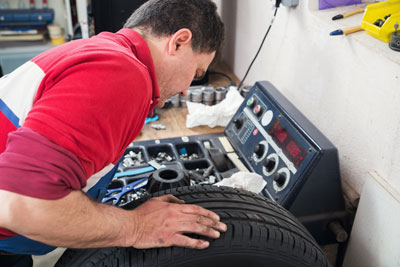
Wheel Alignment
When selecting a wheel alignment machine for your shop, look for one that needs minimal setup time and delivers fast and accurate results when aligning today’s complicated tire and wheel combinations. Some state-of-the-art computerized alignment systems on the market feature high-resolution cameras that measure the position and orientation of targets mounted on each wheel easily and quickly. These machines can recall OE-specific alignment procedures instantly. The aligner grips the tire, not the rim, hence there is no metal-to-metal contact and, therefore, less likelihood of damage to the wheel.
Precise and efficient, some machines feature 3D technology that would increase efficiencies, impress customers and encourage repeat business. Look for ones that are designed for both passenger cars and light trucks.
Smaller alignment machines that feature narrow profiles are easy to work around in smaller bays. New technology enables a technician to screen the vehicle for “align-ability” and determine repair needs. Simple reset instructions replace complicated OEM procedures. Easy-to-use software provides flexibility in the alignment process to help both novice and experienced technicians.
Tire Changing
Another important item in the tire and wheel service category is the tire changer. When purchasing a tire changer, match your investment to the volume of work you do in this category. Basically, your choice should be based on the tire changer’s durability, reliability and ease of use. It should be able to quickly, safely and efficiently handle any wheel combination of both passenger car or light trucks. (Always make sure that the TPMS sensor is protected by the bead all around and does not get damaged in the tire-changing process.)
Some tire changers are designed to handle complex and challenging applications. A robust center-post clamping will allow a technician to perform quick, safe and secure clamping for a wide range of applications. Tire changers may feature a swing arm wheel clamp or a tilt-back design, each offering advantages.
A “new kid on the block” is a tire changer that features autonomous bead breaking and demounting, freeing the technician to perform balancing and other tasks during the longest portion of the tire-changing process. According to the manufacturer, these machines also reduce operator effort and potential errors. The technician simply loads and unloads the assembly, orients the TPMS, enables the “autonomous” feature, then offloads the old tire.
TPMS Service
It is not uncommon for drivers to be operating their vehicles with over-inflated or under-inflated tires, which not only affects the vehicle’s fuel economy and handling but also the tire’s tread life and overall safety of the vehicle. In fact, this has been such an issue, it forced the U.S. government to pass legislation that mandates the use of tire pressure monitoring systems (TPMS) in vehicles 2008 and newer. TPMS technology monitors, reads and displays air pressure in tires. Located at the base of the valve stem assembly, this battery-powered sensor reads and displays the precise air pressure in the tire.
With knowledge and experience and the right tools required to do the job, servicing the tire pressure sensor is not problematic. A reprogramming tool is essential to “relearning” the position when a tire is moved to a different position on the vehicle. It’s important to make sure the sensor does not get damaged during service and no leaks are created. The sensor has batteries that last for about five to 10 years. When the battery fails, the whole sensor must be replaced and then programmed and relearned. Since TPMS service involves some extra steps and tools, most shops charge an additional fee as part of a new tire installation. Over time, TPMS systems have evolved and much of the “mystery” surrounding the technology has been demystified. Yet it is best to consult the service information and follow the prompts of the TPMS tool because different OEMs have their own unique methods of reprogramming and relearning the TPMS sensor. For this reason, Burns Auto Repair keeps several TPMS testers in house.
TPMS tools are available for sensor activation, programming and relearn procedures. Some cover practically 100% of TPMS sensors of major aftermarket brands (create or clone). Choose one that is easy to operate and displays all sensor data in seconds — ID, tire pressure, tire temperature, battery status and more. Advanced technology TPMS tools that come with the OBD II module can reset the ECU within minutes and are frequently updated with new features and current import and domestic vehicle and sensor coverage. It allows shops to diagnose and fix more vehicles. When considering a new TPMS tool, look at the warranty, the availability/frequency of software updates and TPMS technical support.
“Regular alignment and quality wheel and tire service ensures even tread wear and precise steering,” Burns said. “A misaligned vehicle can affect gas mileage, tire tread wear and overall safety. Furthermore, with all the system components aligned properly, road shock is more efficiently absorbed, and the ride is smoother. Our goal is to make sure that our customers are safer when they leave the shop than when they got here.”

